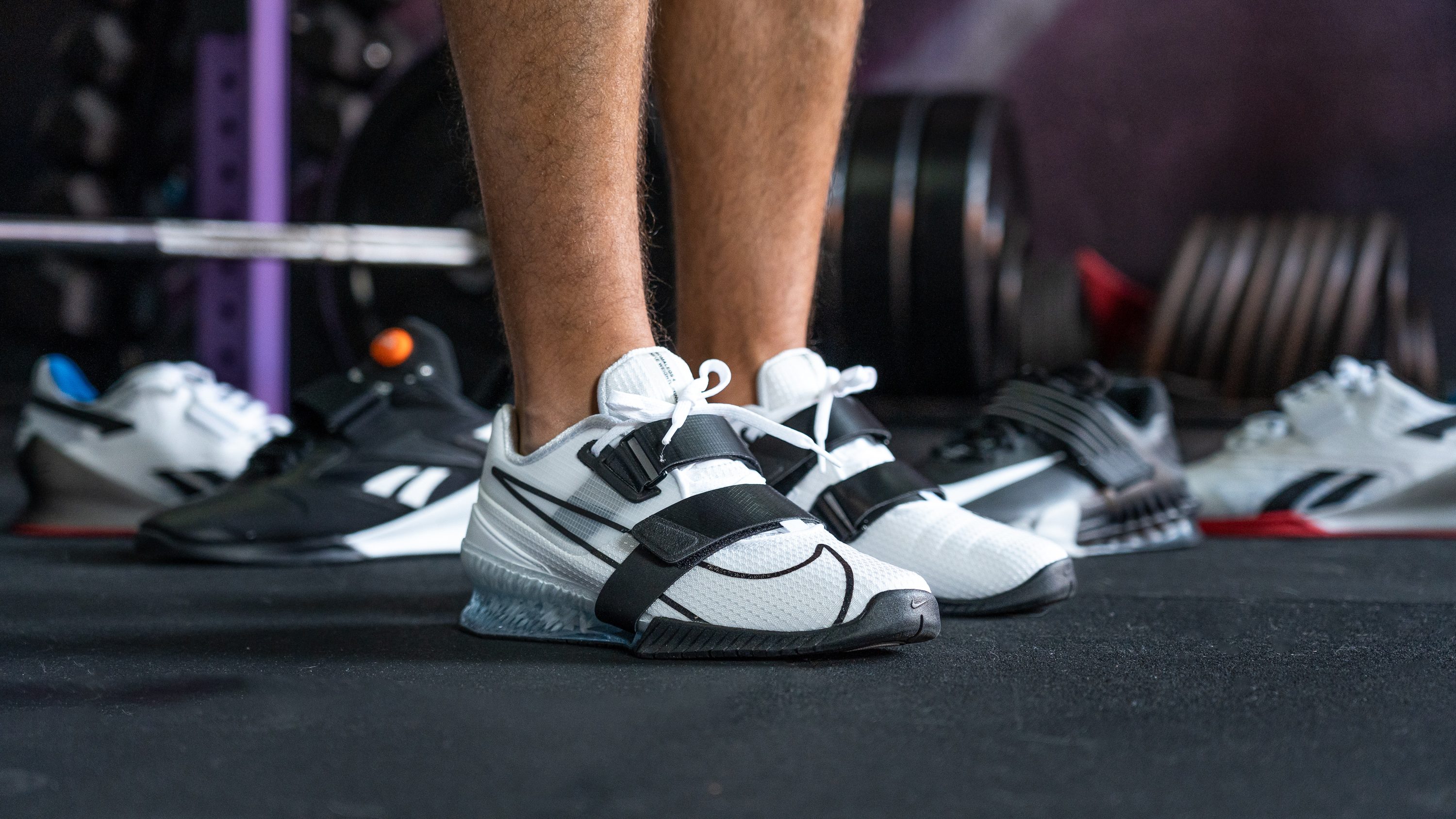Choosing the Best Weightlifting Shoes for Powerlifting, CrossFit, and Olympic Lifting
Weightlifting shoes play a critical role in the world of strength training, offering a unique design that enhances performance, stability, and safety. Whether you’re a beginner or a seasoned lifter, understanding the features and benefits of weightlifting shoes can make a huge difference in your lifting routine. In this article, we’ll dive deep into why weightlifting shoes are essential and how they impact your overall performance.

Why Are Weightlifting Shoes Important?
Unlike running shoes or general training sneakers, weightlifting shoes are designed specifically for heavy lifting. Their construction is tailored to meet the demands of squats, deadlifts, snatches, and other heavy compound movements.
1. Enhanced Stability
One of the primary features of weightlifting shoes is the solid, non-compressible sole. Unlike the soft foam found in regular athletic shoes, weightlifting shoes use dense, hard materials, such as wood, plastic, or high-density rubber. This firm base provides a stable platform, allowing for greater force transfer during lifts without losing energy through compression. This is particularly beneficial for exercises like squats, where stability is paramount.
2. Improved Range of Motion
Most weightlifting shoes come with a raised heel, which helps improve ankle mobility. A higher heel allows lifters to achieve a deeper squat with a more upright torso, making it easier to hit full range of motion without compromising form. This is especially beneficial for individuals with limited ankle flexibility, helping them maintain proper alignment and reducing the risk of injury.
3. Optimal Foot Positioning
The snug, form-fitting design of weightlifting shoes keeps your feet in a neutral, locked-in position. This prevents unnecessary movement inside the shoe, which can lead to imbalance or inefficient power transfer. The secure fit enhances proprioception (your body’s ability to sense movement and position), allowing for more precise and controlled movements during lifts.
Key Features of Weightlifting Shoes
When selecting a pair of weightlifting shoes, it’s essential to understand the specific features that make them ideal for heavy lifting.
1. Heel Height
Most weightlifting shoes feature a heel height ranging from 0.5 to 1 inch. The exact height depends on personal preference and the type of lift. For example, a higher heel is often preferred for squats and Olympic lifts, while lower heels may be better for deadlifts. The raised heel allows for better ankle flexibility, which helps maintain a more upright posture during movements like squats or cleans.
2. Non-Compressible Sole
The stiff, non-compressible sole is what sets weightlifting shoes apart from regular shoes. This feature ensures that your feet remain stable during heavy lifts and that no energy is lost through the shoe’s material. The firm base allows you to exert more force during lifts, improving your overall performance.
3. Straps and Lacing System
Many weightlifting shoes feature additional straps (in addition to laces) to ensure the foot remains securely in place during movements. The combination of laces and straps provides a customized, snug fit, preventing any shifting of the foot inside the shoe and enhancing control.
4. Durable Construction
Weightlifting shoes are built to withstand the stress of heavy training. The upper material is usually made from durable leather or synthetic materials, designed to last through countless hours of lifting. The outsole is also reinforced to ensure long-lasting traction and durability on a variety of surfaces.
Benefits of Wearing Weightlifting Shoes
1. Improved Power Output
By providing a solid and stable base, weightlifting shoes allow lifters to exert more force through the ground. This results in more efficient energy transfer, helping athletes lift heavier weights with greater ease.
2. Reduced Risk of Injury
The enhanced stability, ankle support, and best weight training shoes for women secure fit offered by weightlifting shoes help reduce the risk of injury. They allow for better control over movements, preventing imbalances and poor lifting form, both of which can lead to injury.
3. Better Performance in Olympic Lifts
For Olympic weightlifters, weightlifting shoes are essential. Movements like the snatch and clean & jerk require fast, explosive movements that benefit greatly from the added heel elevation and stability. The extra ankle mobility provided by the raised heel can make it easier to get under the bar and complete these technical lifts with better form.
When Should You Wear Weightlifting Shoes?
Weightlifting shoes are ideal for:
- Squats: Particularly for deeper squats or front squats where ankle mobility plays a key role.
- Olympic Lifts: The snatch and clean & jerk demand ankle flexibility and explosive power, both of which benefit from a raised heel and stable platform.
- Deadlifts: Although some lifters prefer flat shoes or deadlift slippers, a pair of weightlifting shoes can still provide an excellent base for those with limited ankle mobility.
However, for movements like bench presses or light accessory work, regular training shoes might be more appropriate.
Conclusion
Investing in a good pair of weightlifting shoes is a smart move for anyone serious about strength training. Their ability to enhance stability, increase power output, and improve range of motion makes them indispensable for heavy lifters. Whether you’re a competitive weightlifter or just someone looking to improve their lifts, weightlifting shoes are a must-have tool in your fitness arsenal. Choose a pair that fits well, offers the right heel height for your needs, and provides a solid, non-compressible base for safe and effective lifting.
